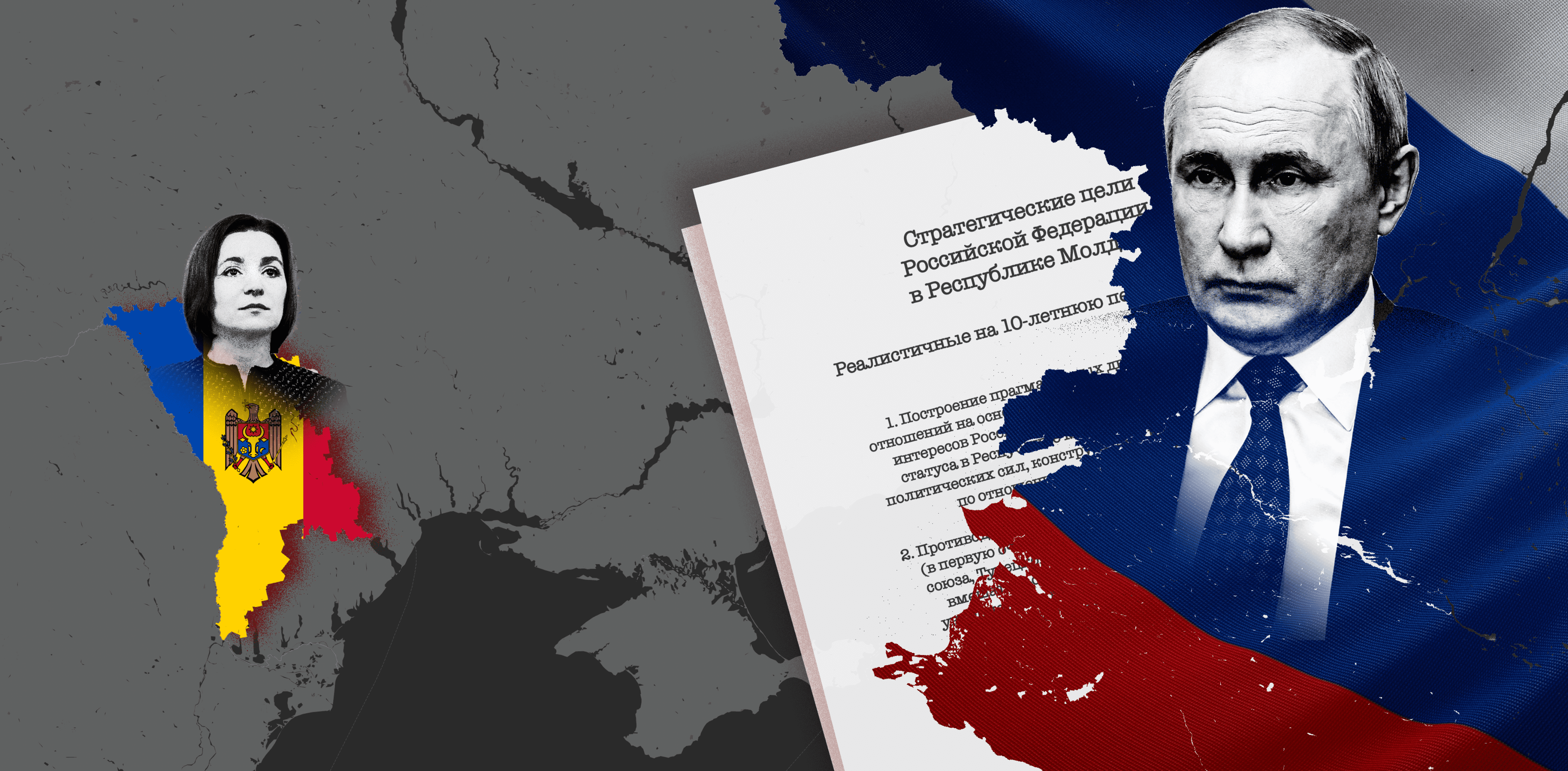Moldovan police will fine those wearing the St. George's ribbon on May 9 as "a symbol of (Russian) military aggression," Moldovan outlet Newsmaker reported on May 4.
Wearing the St. George's ribbon will only be permitted only if it is part of a medal, Viorel Cernautanu, the head of Moldova's General Inspectorate of Police, said.
The "Z" and "V" Russian war symbols will also be banned.
The orange-and-black striped St. George's ribbon is one of the most common symbols representing the Soviet Union's victory over the Nazis during World War II. However, it has since become a symbol of the Russian military and its genocidal war against Ukraine.
Cernautanu said that the proliferation of symbols glorifying Russian aggression "can create a risk of unrest and a threat to national security."
Russia's war against Ukraine has led to heightened security concerns in neighboring Moldova.
Moldovan President Maia Sandu said on Feb. 13 that a Russian plan had been uncovered to stage a coup d'état, involving attacks on government buildings and hostage-taking.
On Feb. 23, the Russian Defense Ministry claimed that Ukraine was planning a provocation against Transnistria.
Transnistria hosts 1,500 Russian troops and a large Soviet-era arms depot. Internationally recognized as part of Moldova, it has been occupied by a Russian-backed proxy state since 1992.
In a claim quickly denied by Chisinau, the Russian Defense Ministry alleged that the "provocation" would involve units of the Ukrainian Armed Forces disguised as Russian soldiers, specifically the Azov battalion.











